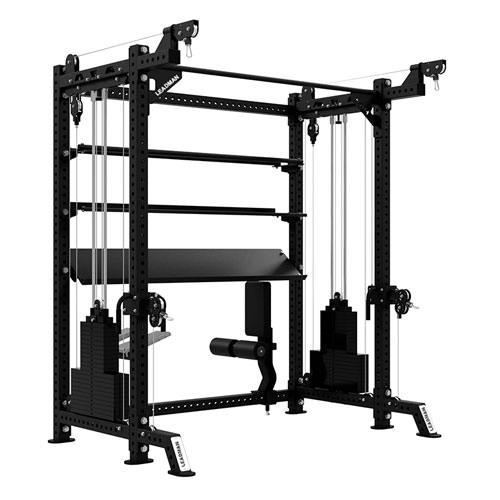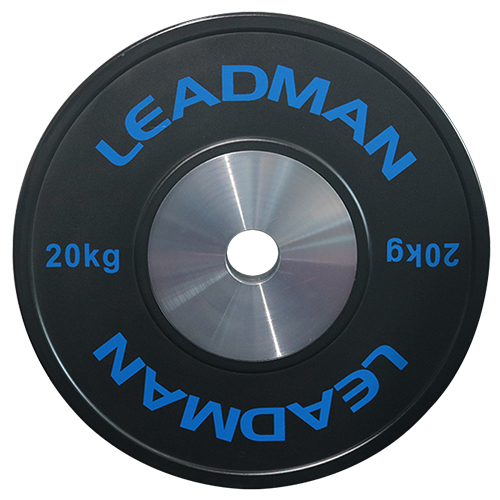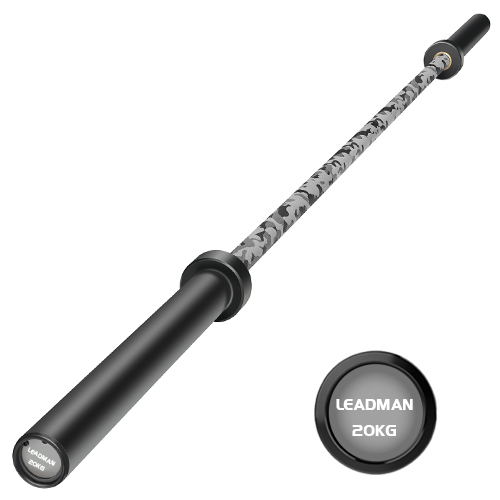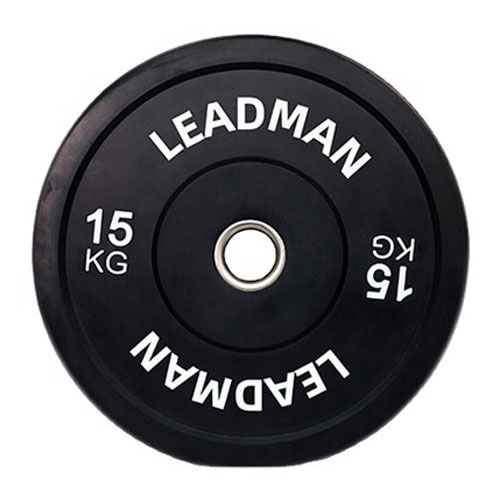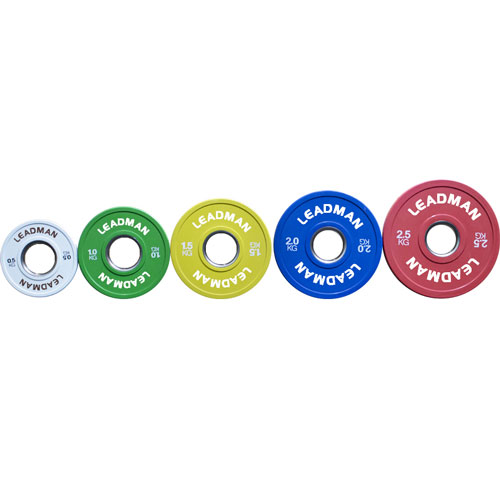What Do Kettlebell Swings Work?
The kettlebell swing is a hugely popular exercise that provides an efficient full-body workout. This dynamic movement not only works the major muscle groups in both the upper and lower body, but also elevates heart rate for cardiovascular benefits.
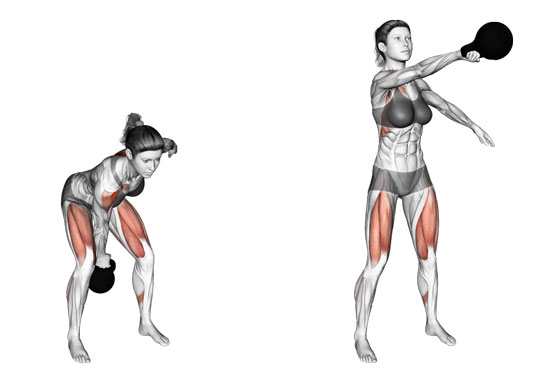
Muscles Worked
Kettlebell swings primarily target the posterior chain - the muscles on the backside of the body. These include the:
- Hamstrings: The large muscles on the back of the thighs that bend the knees. Swinging the kettlebell works the hamstrings concentrically on the upswing and eccentrically as you control the descent.
- Glutes: Your butt muscles propel the swing and work isometrically to stabilize your pelvis and spine during the movement. The gluteus maximus in particular powers hip extension.
- Lower back: Muscles like the erector spinae control arching and bending of the spine, which is integral for a safe swing. They work isometrically to maintain a neutral spine position.
- Shoulders and upper back: The lats, rear deltoids, rhomboids and traps stabilize the shoulder joints as you swing the weight. They also retract and depress the shoulder blades.
In addition, core muscles are activated throughout the movement to brace the torso. On the upswing, the abdominal muscles contract eccentrically to control extension of the spine.
The kettlebell swing is also a powerful cardio exercise that elevates heart rate. It incorporates many large muscle groups dynamically, providing significant cardiovascular benefits with both high and low reps.
Proper Form and Technique
To perform a proper kettlebell swing with proper form:
- Stand with feet slightly wider than shoulder-width apart, toes turned out slightly. Engage your lats and grip the kettlebell handle with both hands.
- Initiate the swing by driving your hips back and loading your hamstrings, while keeping a flat back. Don't squat or bend the knees.
- Thrust your hips forcefully forward and swing the kettlebell up to chest or shoulder height. Focus on using your hips to generate power.
- As the kettlebell swings up, allow your knees to bend slightly but avoid squatting. Keep your elbows locked out.
- Let the kettlebell fall back down by hinging at the hips. Allow your arms to hang straight down. Swing back between your legs.
- When the kettlebell is lowered at its lowest point, immediately thrust your hips forward again to repeat. Maintain a neutral spine and avoid rounding your back.
- Breathe out as you swing up. Inhale as the kettlebell drops down. Keep your core braced throughout the movement.
Benefits of Kettlebell Swings
Regularly performing kettlebell swings provides many excellent benefits:
Full-Body Conditioning
The swing works almost every major muscle group in a dynamic, fluid manner. It's an efficient exercise for total body strength and conditioning.
Core and Postural Strength
The constant stabilization required during swings builds incredible core and postural strength to keep your body strong and balanced.
Increased Flexibility and Mobility
The hip hinge pattern improves mobility in the hamstrings, hips and lower back. The swing also enhances shoulder and thoracic mobility.
Fat Loss
It's a high-intensity metabolic exercise that torches calories and boosts metabolism. The swing is great for weight loss and decreasing body fat.
Reduced Low Back Pain
Strengthening the posterior chain muscles protects the spine and can reduce pain and risk of injury in the lower back.
Improved Athletic Performance
The swing develops explosive hip power and greater speed and force abilities - boosting performance in many sports.
Swing Variations
There are many ways to modify the kettlebell swing to change the emphasis or add variety:
- Single-arm swing: Perform the movement holding the kettlebell with only one hand. This challenges core stability more.
- Swing clean: Add a clean at the top to bring the kettlebell up to shoulder height in front of your body.
- Overhead swing: Raise the kettlebell overhead at the top instead of chest height. Requires greater shoulder mobility.
- Pistol swing: Stand on one leg during the swing to increase balance and coordination demands.
- Single leg swing: Perform the backswing with two legs, forward swing on just one leg. Demanding for the hips and legs.
The kettlebell swing is an efficient yet intense exercise. It provides incredible conditioning and strength-building effects for the posterior chain and the entire body. Mastering proper form is key to reaping all the benefits and performing this dynamic movement safely.

